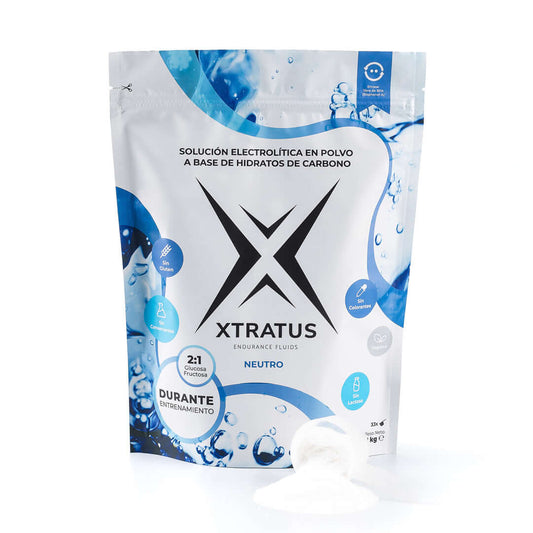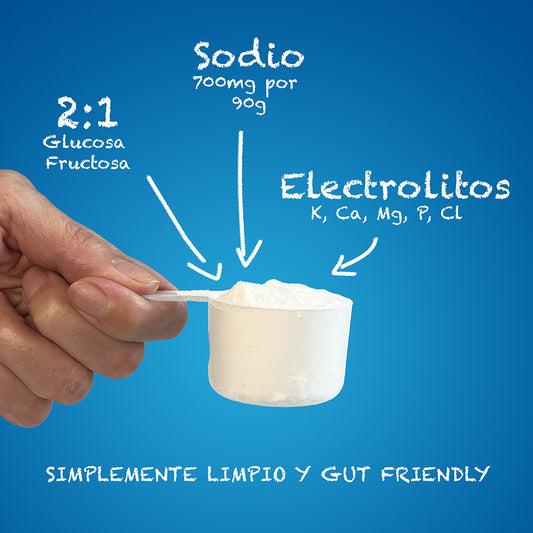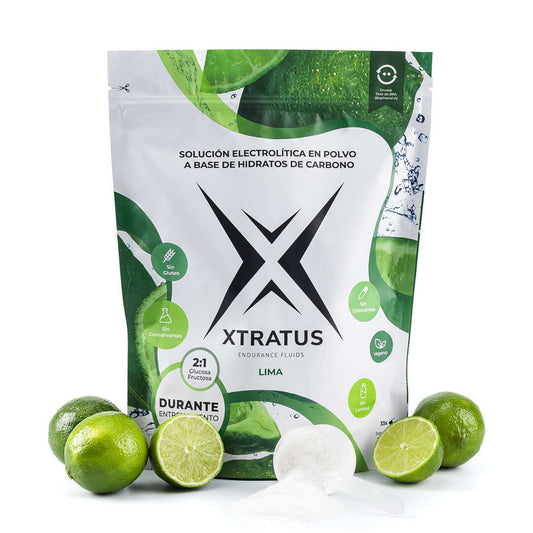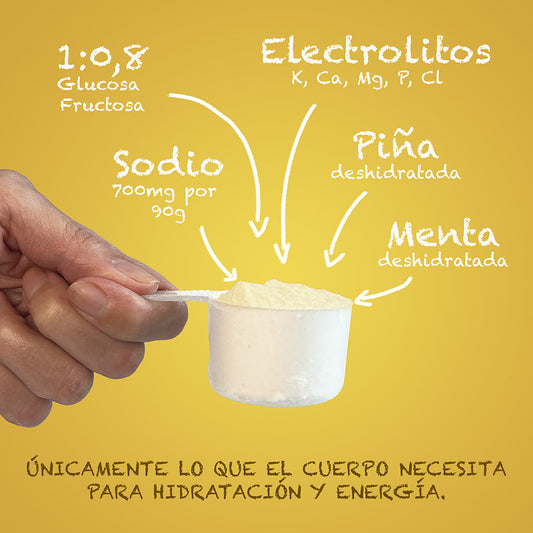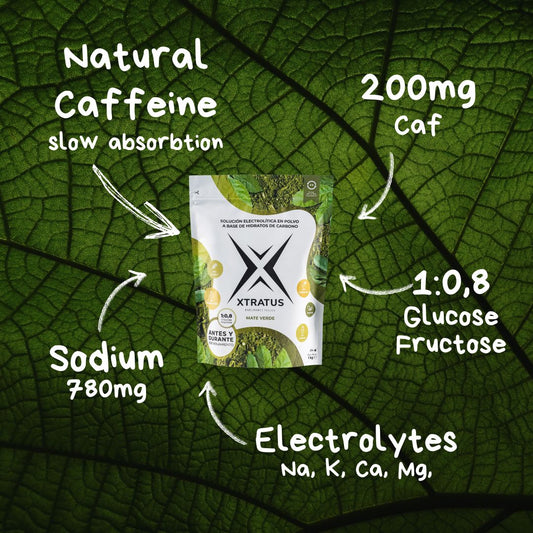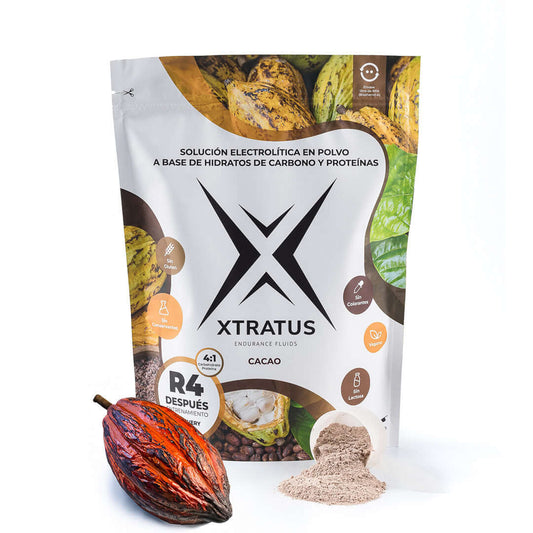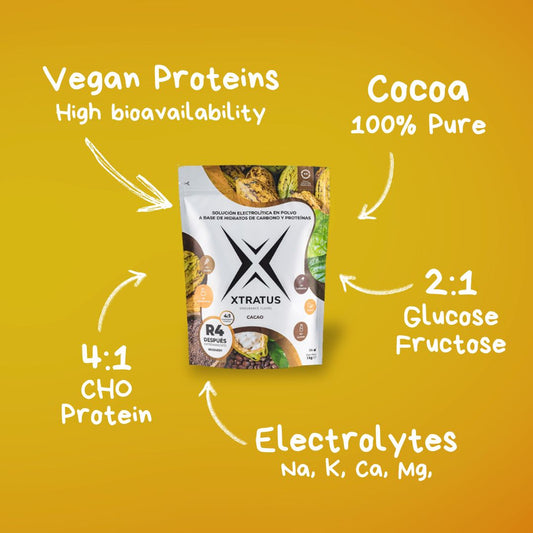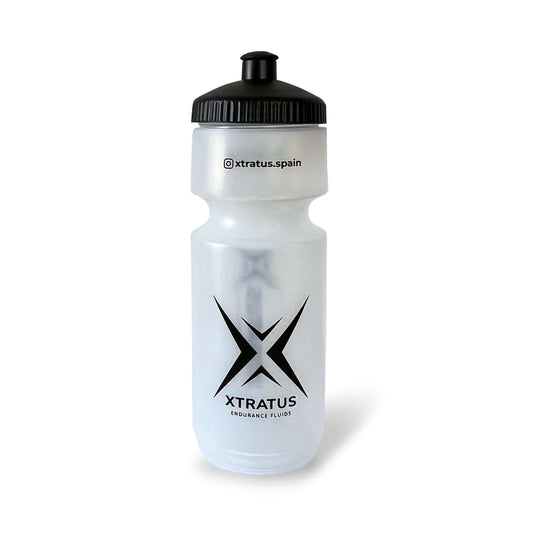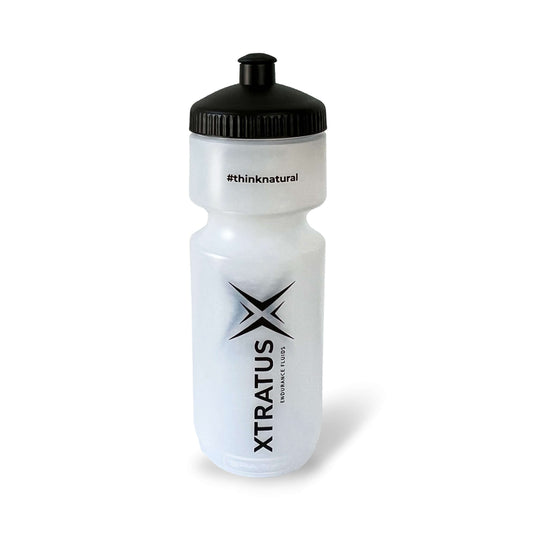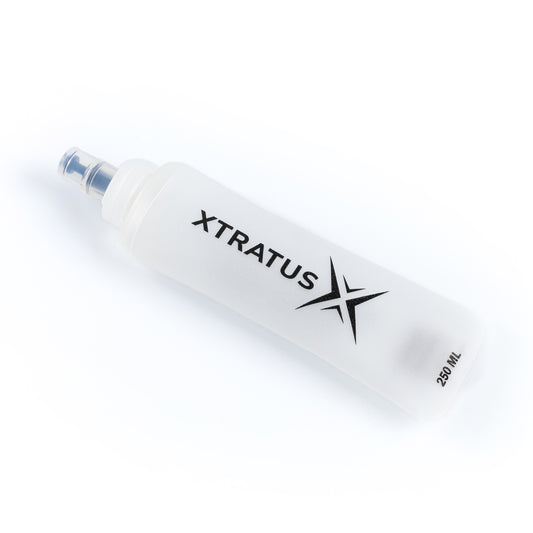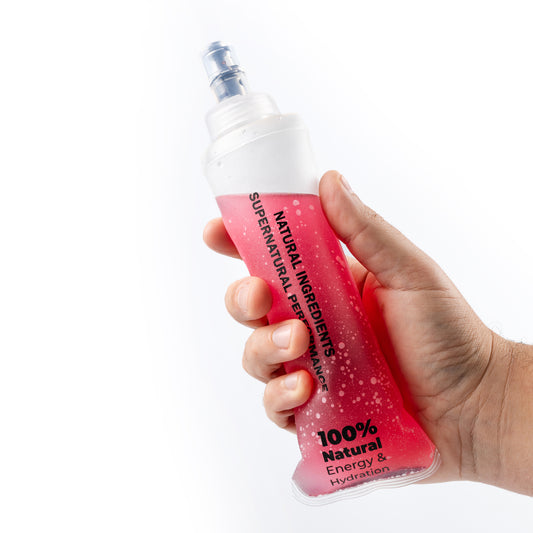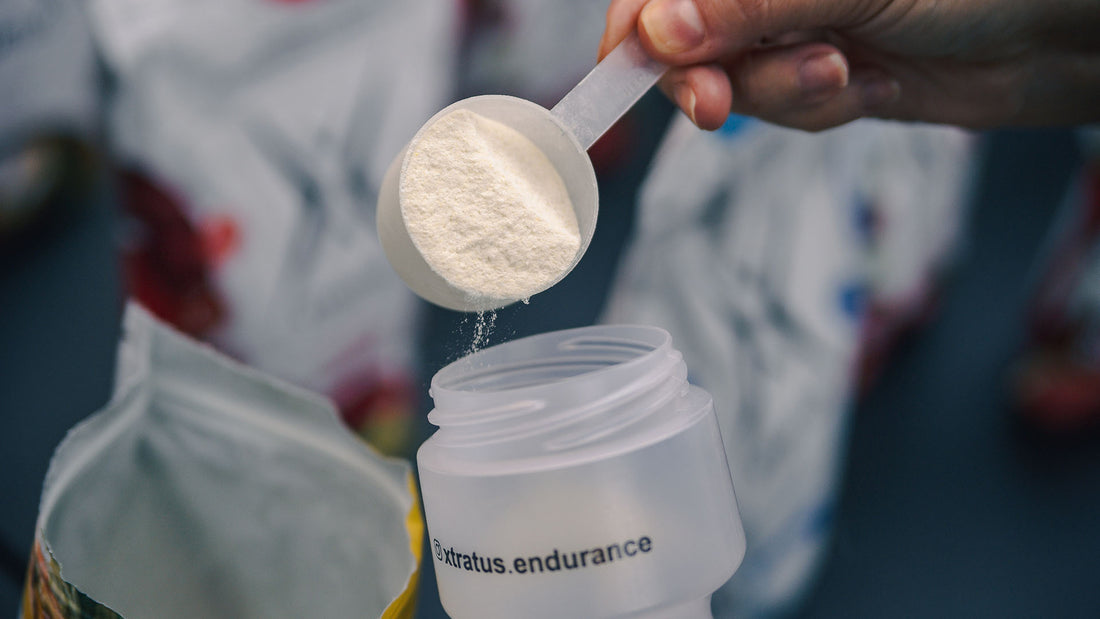
Ratio 2: 1 or 1: 0.8 ? Discover the difference and which is the best option
During intense and prolonged exercise, the body needs an efficient source of energy to maintain performance and delay fatigue.
Carbohydrates play a fundamental role in this process, and consuming them appropriately during training can make a big difference in your athletic performance.
Click here if you want to know how many carbohydrates you should consume.
Now, when we talk about carbohydrates, we are referring to a broad group with different types, each with a different absorption speed.
Below, we discuss the most important and commonly used ones, along with their main differences.
Among the fast-absorbing carbohydrates, essential during exercise due to their ability to be used quickly by the body, we find molecules such as glucose and fructose.
Others, such as maltodextrin, are short chains of glucose that are also broken down and absorbed quickly, providing immediate energy.
Why is the glucose:fructose ratio important?
Before analyzing the ratios, it is essential to understand that each type of carbohydrate has its own absorption mechanism.
The glucose It is transported through the intestine by the transporter SGLT1 (sodium glucose linked transporter 1), but this has a limit: from approximately 60 g per hour, it becomes saturated.
This means that if we continue to consume glucose in large quantities, not only will it not be absorbed efficiently, but it can cause gastrointestinal discomfort, something no athlete wants to experience during a competition or training.
On the other hand, the fructose uses a different protractor, the GLUT5, allowing both types of carbohydrates to be absorbed simultaneously without interfering with each other.
This is crucial when we're looking to break through the 60g/h barrier and harness more energy from carbohydrates without overloading the digestive system.
Therefore, combining glucose or maltodextrin with fructose improves the ability to absorb and utilize carbohydrates during exercise.
Especially when ingesting more than 60 g/h, the mixture not only optimizes energy supply, but also reduces the possibility of gastrointestinal discomfort.
So, glucose:fructose ratio 2:1 or 1:0.8?
Until now, the glucose:fructose ratio 2:1 It has been the most studied and recommended for athletes seeking to consume more of 60 g/h of carbohydrates.
This ratio allows for good absorption without saturating transporters and has been shown to be effective in improving performance during prolonged efforts.
However, new studies have begun to explore different ratios, such as 1:0.8, especially in cases of intake greater than 90 g/h.
This more balanced ratio appears to further enhance carbohydrate oxidation, allowing the body to utilize more energy per hour without significantly increasing the risk of digestive discomfort.
Which ratio is best for you?
There is no single "perfect" ratio for everyone.The choice will depend on your gastrointestinal tolerance and how many carbohydrates you can consume during exercise. Here are some practical tips:
- Start with moderate amountsIf you are new to consuming intra-workout carbohydrates, start with smaller amounts (around 30 g/h) and use a 2:1 ratio.
- Increase gradually: As you adapt, gradually increase the amount of carbohydrates per hour, and if you exceed 90 g/h, you could try a 1:0.8 ratio.
- Listen to your body: Gastrointestinal tolerance is key. It's best to try different ratios in your workouts to find what works best for you without compromising your performance.
Conclusion:
In summary, both the 2:1 and 1:0.8 ratios are effective options for improving performance during long-duration exercise, especially at intakes greater than 60 g/hour, but the choice will depend on your needs and tolerance.
The important thing is to find the right balance that allows you to absorb the most carbohydrates without discomfort, keeping your energy levels at their maximum.
Try different combinations and find the one that best suits your goals. Remember that every athlete is unique, and what works for one may not be ideal for another!
Lecoultre V, Benoit R, Carrel G, Schutz Y, Millet GP, Tappy L, Schneiter P. Fructose and glucose co-ingestion during prolonged exercise increases lactate and glucose fluxes and oxidation compared with an equimolar intake of glucose. Am J Clin Nutr. 2010 Nov;92(5):1071-9.
by Alan Chamah - Sports Nutritionist



